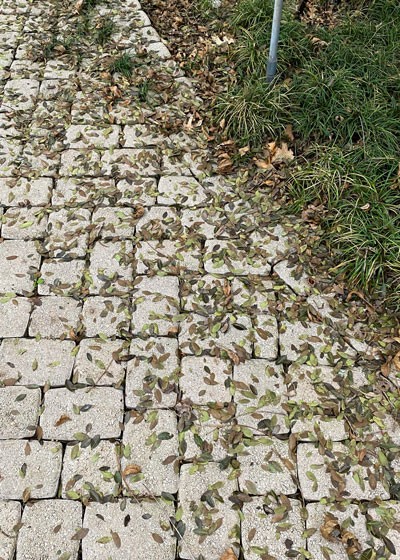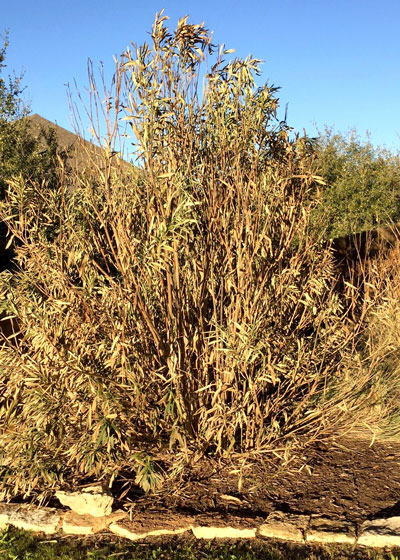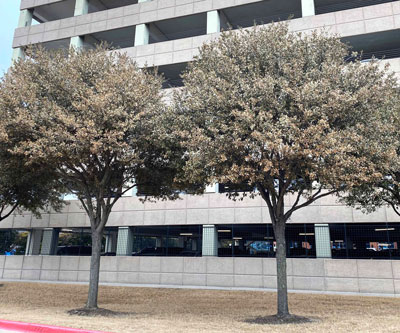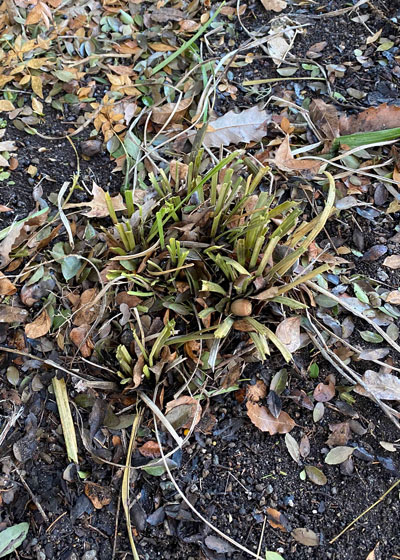Picking Up the Pieces

When temperatures climbed leaves of many of our plants started to turn crisp. For some plants that spelled the end of the line.
Depending on where you are in the state of Texas, it might have been sago palms, foxtail ferns, gardenias or ligustrums.

Oleanders froze to the ground, but they do that fairly often and they come right back.
Pittosporums were lost in much of the state. If their stems were split, they’re gone.
I worry more about Texas mountain laurels, Carolina jessamine, loquat and Japanese yew, again, depending on where you are.
Indian hawthorns look like they were hurt much more than I expected. Time will tell, and we continue to recommend waiting another couple of weeks before you prune and remove stems from most of your shrubs.
Nandinas will certainly come back, but if you want a fresh flush of new growth, cut them back near the ground.
Here are 3 that will come back!
Some of the plants mentioned above will probably survive, but just to confirm your hopes, here are three that I’m fairly sure will soon be on the rebound. I have all of these in my own landscape.

• Live oaks: Folks have gone into depression because their live oaks have turned brown/gray. Not to worry. In almost all cases, those leaves have already started to fall and cover the ground. New buds are forming already. This happens every spring at this time. It’s just not usually quite this dramatic.
Keep your trees watered properly, and apply an all-nitrogen lawn food to give them a boost for their new growth. No other call to action.

• Yaupon hollies: They’re doing the same thing as the live oaks. And, as with the oaks, not all yaupons are dropping their leaves in unison. Some are going completely bare, while others still look like they normally do in late winter. I’m confident they’ll all look the same by the middle of spring.


• Liriope: These clumping plants look really rugged all over the Metroplex where I live and garden. They’ve frozen before, though, and all that I’ve ever done is to use my gasoline hedge trimmers to cut them back to 3 inches. I’m always careful to stay above any new leaves that are forming so I won’t have to look at them for the rest of the growing season. This trimming needs to be done soon.
